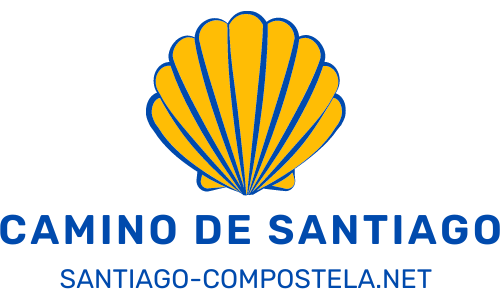Logroño is the capital of the La Rioja autonomous region, the smallest of all seventeen that make up Spain. The name comes from the Celtic geronimo meaning ‘ford’.
Entering the town, you have to walk across its great stone bridge over the river Ebro. Throughout history, this town, and the bridge itself, had high strategic importance being the sole passage over the Ebro around for a long time. The fact that the Camino de Santiago goes through the town greatly influenced its development in medieval times.
Besides being the capital of a province famous for its wines, Logroño is also one of Spain’s ‘tapas capitals’ — there are scores of tapas (or pintxos in Basque) bars in the old town, of which over fifty are located in and around Calle del Laurel.
Accommodation in Logroño
| Hotel name | Type | Price range | Room type | Other |
| Albergue Albas exclusivo Peregrinos | Albergue | Budget | Shared rooms | WiFi, Kitchen, Laundry facilities |
| Albergue Logroño Centro | Albergue | Budget | Shared rooms | Facilities for disabled guests, WiFi, Shared lounge, Kitchen |
| Hotel Ciudad de Logroño | Hotel | Mid-range | Private rooms | WiFi, Café-bar, Breakfast included |
| Hotel Condes de Haro | Hotel | Mid-range | Private rooms | Breakfast included, WiFi |
| Hotel Sercotel Portales | Hotel | Splurge | Private rooms | Breakfast included, Facilities for disabled guests, Bar, WiFi |
What to see in Logroño
Concatedral de Santa María de la Redonda
The church was first mentioned in the 12th century. It was rebuilt in the 16th century, and the two towers (las Gemelas, ‘the twins’) were added in the 18th century. There had probably existed a polygonal or circular Roman temple on the site, hence the name Redonda, which means ’round’. It houses the painting of Michelangelo Buonarotti, the Crucifixion.
Puente de Piedra
The official name of the ‘stone bridge’, Puente de San Juan Ortega, refers to the saint who is believed to have built the first stone bridge over the river Ebro in Logroño. It is 198 meters long and has 7 arches.
Fiesta de San Mateo
At the end of September each year, the opening of the Riojan grape harvesting period is celebrated with a fiesta.
